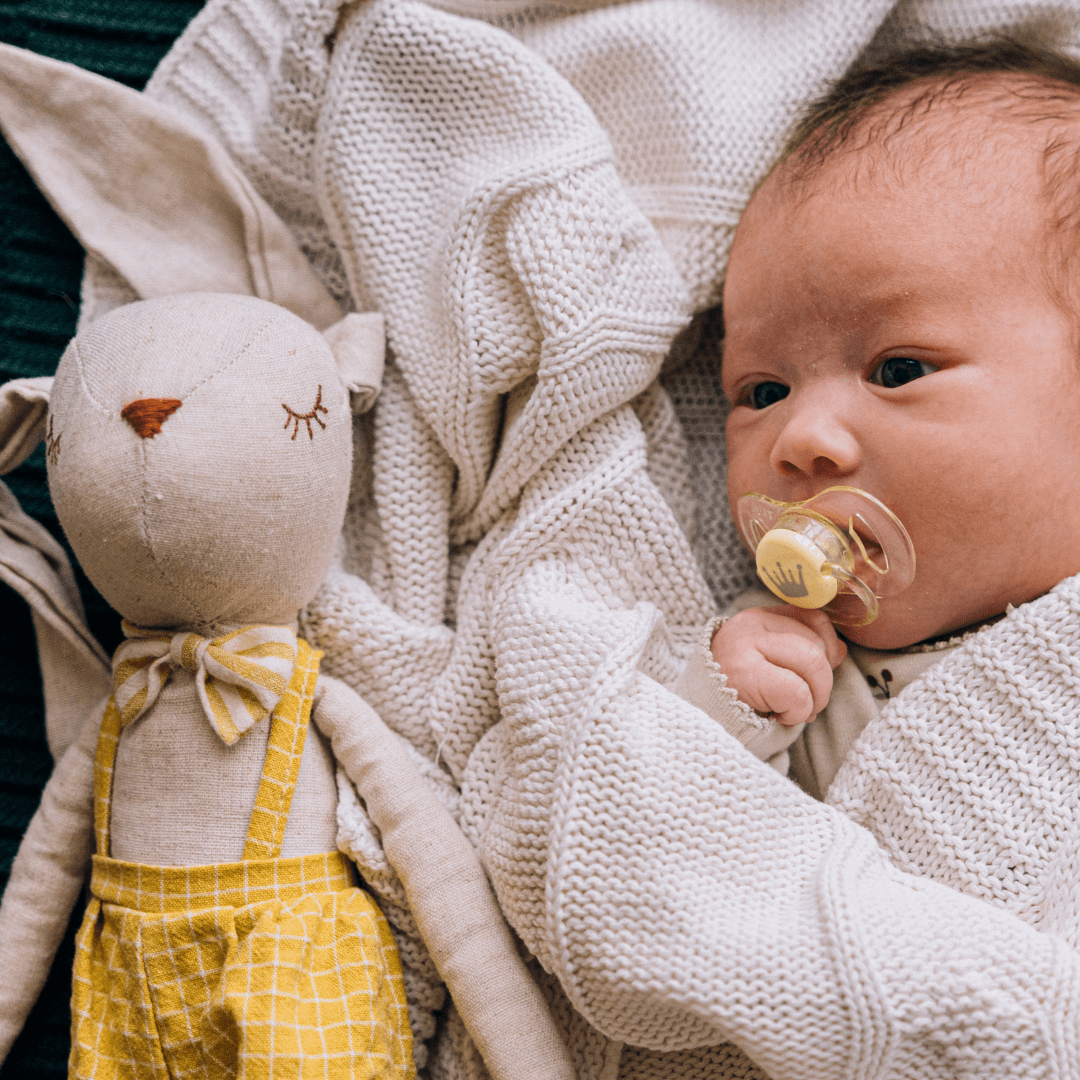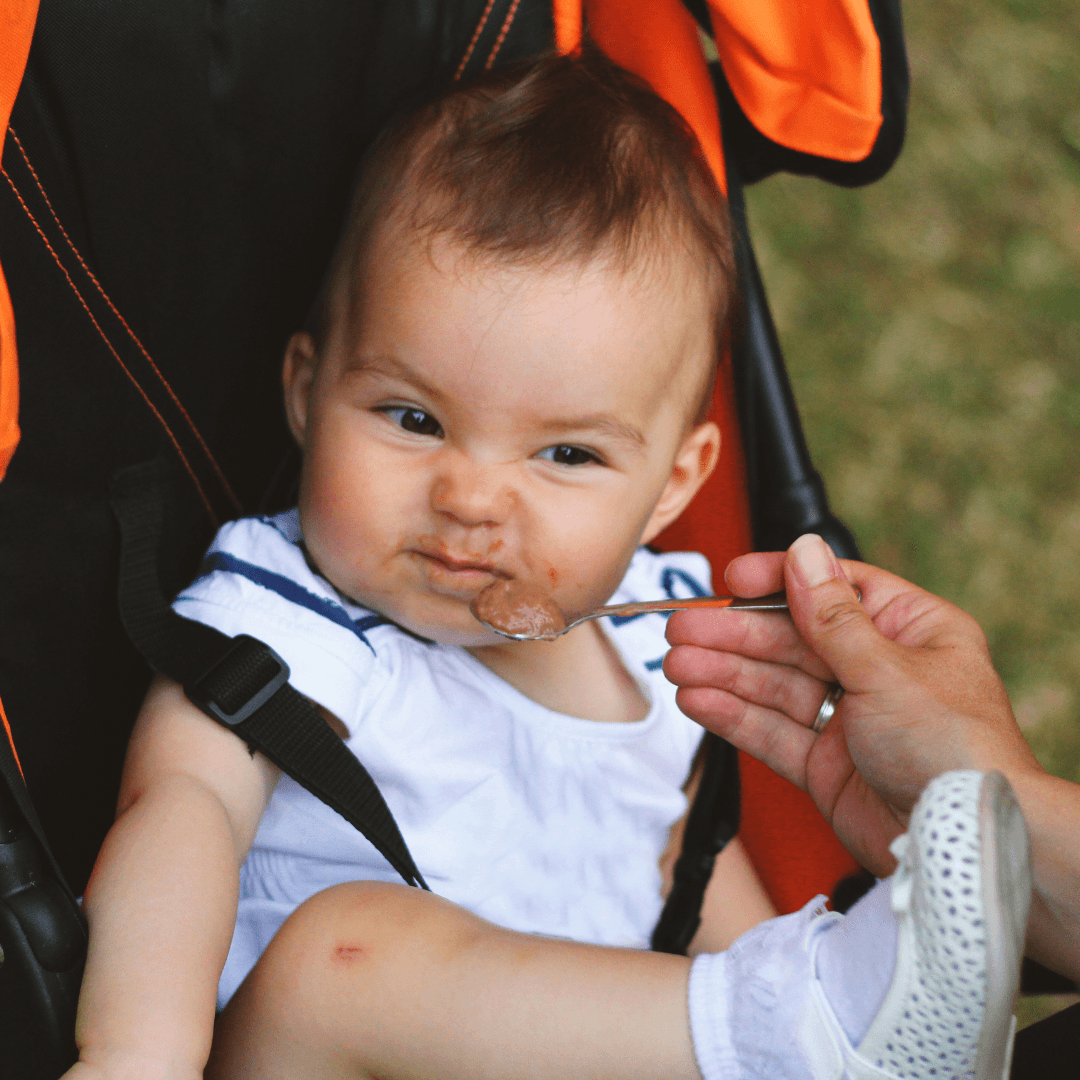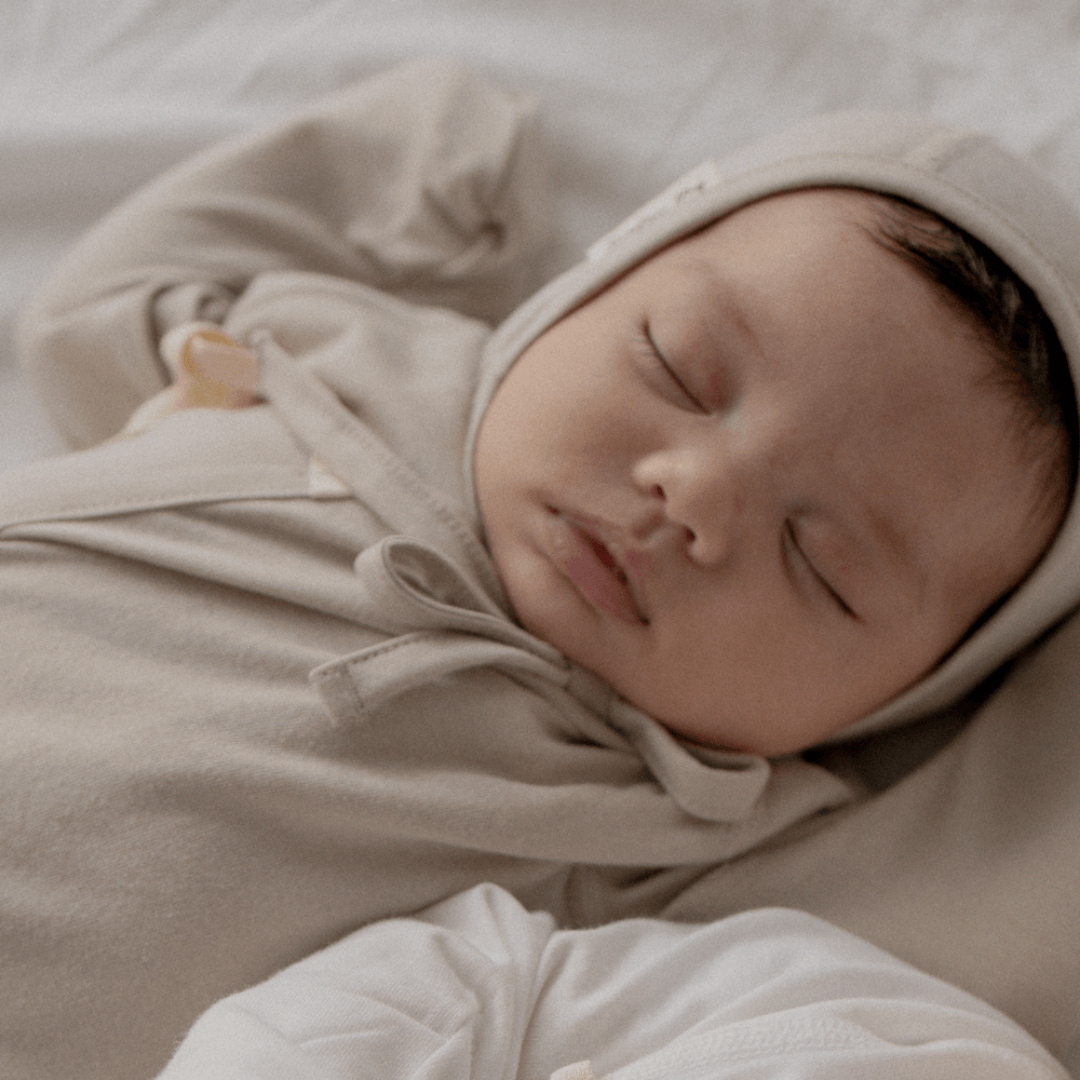Mastitis is an inflammation of the breast. When the milk that the baby has not eaten is stagnant in the breast, bacteria invade and multiply in the stagnant milk. It is for this reason that direct breastfeeding is recommended in the early stages to avoid mastitis symptoms becoming severe.
Mastitis can be cured only by removing the stagnant milk. When mastitis develops, the mother may feel a high fever of 38.5 degrees or higher. In the early stages, chest pain may not appear. You may get chills like a cold and your body may tremble. Then your chest turns red and you may feel pain in your breast. If you have a sudden fever during the postpartum period without any specific disease, you may have mastitis.
Occasionally, mothers can experience mastitis without fever. 30% of breastfeeding mothers experience mastitis. This means that it is a common disease that anyone can experience. Some mothers give up breastfeeding because of frequent and painful mastitis. So, how can mastitis be prevented?

1. When feeding, feed your child from both breasts equally.
The best way to prevent mastitis is to empty your breasts of milk. If you keep the milk from flowing, it is easy to develop bleeds or mastitis. When breastfeeding, it is common to habitually feed more from one breast. Instead, try to feed equally, so that both breasts are exhausted of milk.
Tip: If your symptoms of mastitis are mild (low fever or chills), you can use a breast pump as a form of first aid. Empty the milk completely using the breast pump.
2. Thoroughly disinfect related products, such as breast pumps.
Thoroughly disinfect products that come into contact with the chest, such as breast pumps. Hot water disinfection is highly recommended. It is a method of sterilizing silicone materials in a short period of a few seconds, and sterilizing glass bottles in boiling water for several minutes or more. Some manufacturers recommend not sterilizing with boiling water. In this case, clean the product according to the manufacturer’s instructions.

3. Make sure your baby is biting up to the areola to prevent nipple wounds.
If the nipple is injured, it is easy to get mastitis. This is because germs enter through cracked nipple wounds. To avoid nipple biting, it is important to feed your baby in the correct position. Think of it as placing the entire areola in the baby's mouth, not just the nipple.
4. Before feeding, wash your hands and breasts.
You don't have to wash your breasts every time before breastfeeding but be sure to wash your hands. Handwashing is a basic rule for mother-baby health. If you wash your nipples before breastfeeding, use warm water without soap or cream. It is enough to wipe the chest 2-3 times a day.
5. After feeding, dry the nipples before putting on a bra.
It is best to expose the nipples to the air for 10 to 20 minutes after feeding. When you are finished feeding, your breasts are moist with breast milk and baby saliva. If you wear underwear right away at this time, your nipples will still be moist, meaning that the chance of germs entering the wound or worsening mastitis increases. When the nipples are dry, then put on a lactation pad and bra.

6. Check your eating habits.
If you often get mastitis, you may need to change your diet. Are you eating too many fatty foods, such as chicken, pizza, excess meat, and bone broth? If you maintain a high-calorie diet, it may cause blockages in the ducts through which breast milk passes. Drink 1.5 to 2 litres of water a day and aim for a healthy, non-greasy diet.
Parenting advice from Director Hyang-Hwa Kwon
Can I breastfeed with early mastitis?
For early mastitis, breastfeeding more often, harder, and faster is advised. Having mastitis does not harm your baby if you are directly breastfeeding. However, if you have mastitis, you shouldn’t store your expressed breast milk from pumps and similar objects.
If you had expressed your breast milk before recognising the symptoms of mastitis, throw it all away, even if it feels like a waste, as the bacteria cannot be left for a long time.
When you are prescribed medication for mastitis, you decide whether to proceed with breastfeeding directly after consulting your doctor. Most of the medications prescribed these days can be combined with breastfeeding.
---------------------------------------------------
Author: Kwon Hyang-hwa
- Newborn Childcare Coach
- IBCLC International Breastfeeding Specialist
- Worked as the director of a postpartum care center for 10 years.







